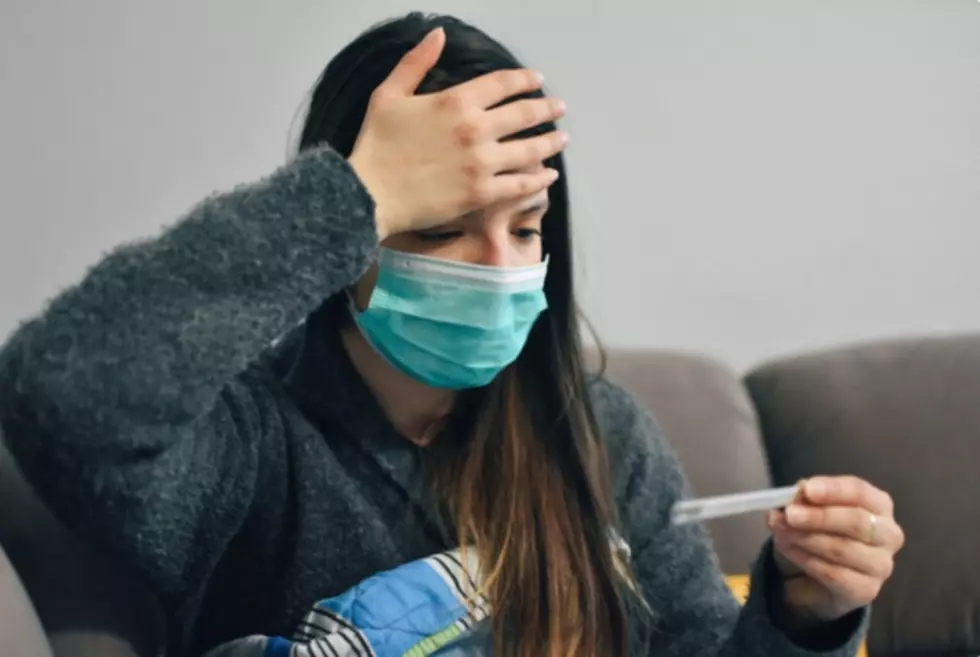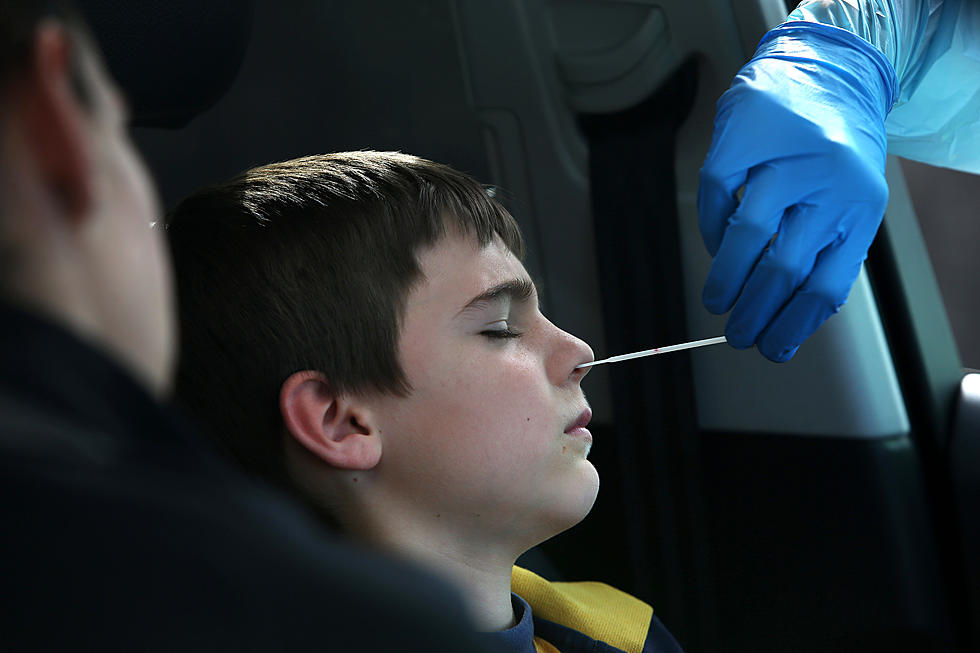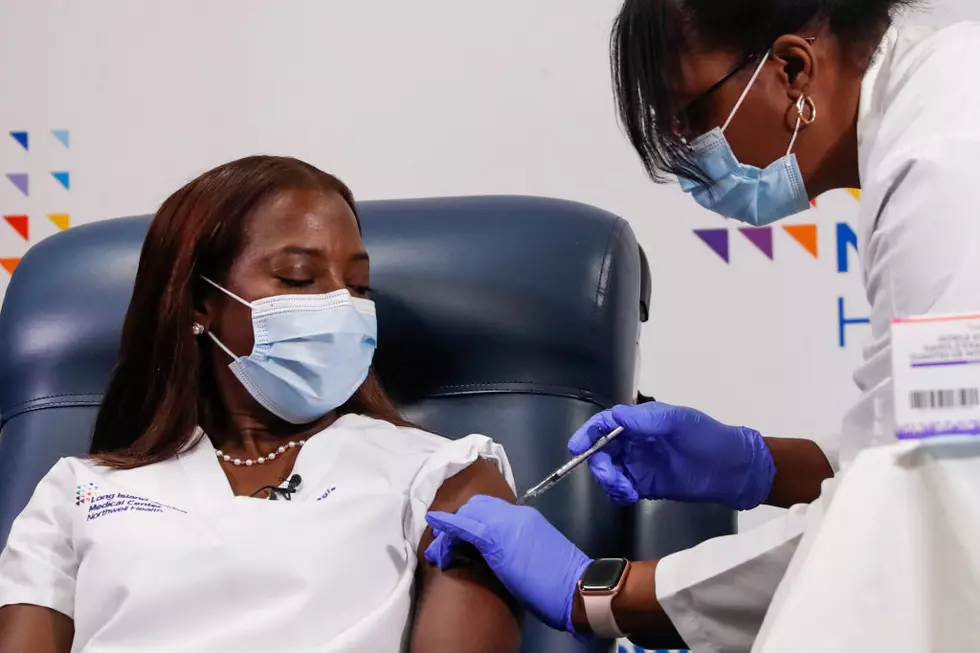
Cuomo Releases New York’s Complete COVID-19 Winter Plan
Gov. Cuomo believes these five targeted strategies will help manage and decrease the spread of COVID-19.

On Monday, Gov. Andrew Cuomo announced New York's plan for combating COVID-19 this winter. Over the past week, Cuomo and the state's COVID Task Force has worked in consultation with global public health experts, local governments and other stakeholders to ensure that the plan builds off the lessons learned during the past nine months to anticipate and prepare for an expected increase in COVID cases and hospitalizations over the Holiday season, officials say.
The winter plan consists of five targeted strategies focused on mitigating the spread of the virus and bolstering New York State hospital preparedness including:
- Continue and Strengthen New York's Targeted Micro-Cluster Strategy while Managing Hospital Capacity to Enhance and Equalize Care
- Increase and Balance Testing Resources and Availability
- Keep Schools Open Safely
- Prevent Viral Spread from Small Gatherings
- Operationalize an Equitable and Safe Vaccination Program
"While the holiday season often brings joy to many, the increase in social activity and mobility will also bring an increase of viral transmission. We understand the cause and effect, and the effect is dramatic," Cuomo said. "We must adapt to this reality and have a plan in place that specifically addresses the challenges that come with it. We've been through the worst, and while we're not done yet, we are moving forward with the lessons we learned in the spring to come through this together."
Below is more about each targeted strategy, from Cuomo's office.
Strategy 1 - Continue and Strengthen New York's Targeted Micro-Cluster Strategy while Managing Hospital Capacity to Enhance and Equalize Care
Since Governor Cuomo first launched New York's micro-cluster strategy in mid-October, it has proved effective in identifying targeted areas with high infection rates and implementing additional restrictions to reduce viral spread in the micro-cluster area. This approach has allowed state and local health officials to target resources, has encouraged community members to take greater action to reduce viral spread, and helped prevent the need for larger, regional shutdowns which impact all aspects of life and the economy.
Under New York's Winter COVID-19 Plan, this strategy will be strengthened through the utilization of additional, hospital-related metrics to provide a clearer picture of where a particular zone stands in the fight against COVID and how each neighborhood, municipality, and other geographic area contributes to daily hospital admissions due to COVID. Under this improved strategy, the New York State Department of Health will include factors such as regional hospital bed capacity, ICU capacity, staffing ratios, and daily hospital admissions as part of the analysis and metrics used to determine which geographic areas qualify as micro-cluster zones. In addition to the 3 existing micro-cluster zone levels (Yellow Precautionary, Orange Warning and Red), New York will also add a new 'Emergency Stop' level, which will effectively put that area under the NY Pause guidelines, if needed to preserve hospital capacity. Hospital metrics associated with these zones will be identified in the next week to 10 days, once data from the Thanksgiving holiday is received and analyzed.
Additionally, the Department of Health today began to initiate emergency hospital measures to prepare the state's hospital system for an expected surge in new admissions over the upcoming weeks. Specifically, these measures include:
- Hospital systems must begin to identify retired nurses and doctors to bolster staff;
- Hospital systems in Erie County must suspend elective surgeries to create new bed capacity for COVID patients;
- Hospital systems must begin balancing patient loads across their individual hospital facilities;
- Prepare plans to utilize emergency field hospitals;
- Prepare plans to increase hospital bed capacity by 50 percent;
- Prepare plans to implement statewide 'Surge and Flex' operations (similar to load balancing, but patient shifts would occur across all hospital systems, as opposed to within individual hospital systems)
- Prepare plans to staff emergency field hospitals; and
- Confirm availability of resources in existing stockpiles.
The Department of Health will also be launching a new, statewide hospital metric tracking system.
Strategy 2 - Increase and Balance Testing Resources and Availability
Under the Winter Plan, New York state will take steps to increase the amount of testing available statewide, but do so in a way that ensures distribution is balanced with testing sufficient across different segments of the population, including:
- Healthcare workers
- Nursing homes
- Schools
- Essential workers
- Business professionals
- Personal services testing
- General population, returning students and travelers, etc.
Strategy 3 - Keep Schools Open Safely
One of the most critical aspects of managing the COVID-19 pandemic for governments and parents alike has been answering the question of how and when schools should remain open. On that point, experts from around the globe have determined that as long as a school's infection rate is under control and remains under the infection rate of the community at large, schools should remain open, particularly for students in K-8. Not only does school provide parents with support in terms of childcare, it provides a regularity to life which has been missing for so many children throughout this pandemic.
Under New York's Winter Plan, efforts will be focused on keeping K-8 and Special Education schools are kept open as long as it can be done safely. The first step will be to establish sustainable, ongoing testing in schools so that they can continue operating in the long term. As part of this, schools located in Orange and Red micro-cluster zones will be required to conduct weekly testing. Schools in Orange Zones will be required to test 20% of in person students, faculty, and staff over the course of a month and schools in Red Zones will be required to test 30% of in person students, faculty, and staff over a month. Pool testing will be allowed as well.
These protocols represent the minimum standard required for schools to stay open and the state may adjust requirements for specific districts based on any special circumstances which may arise. While local districts are able to close at levels under the state's mandatory closure rule, they are urged to keep K-8 schools open whenever it is safe.
Strategy 4 - Prevent Viral Spread from Small Gatherings
Small gatherings have now been identified as the number one spreader of COVID-19, with at least 65 percent of all cases coming from these settings. Now that we are in holiday season, behavioral shifts must be observed by New Yorkers to mitigate the spread. Sixteen states, including New York, have already instituted gatherings limits of less than 10 people, with Kentucky recently moving to gathering limits to 8 or less. While government's ability to monitor small gatherings is limited, public education on the safety concerns of small gatherings is crucial. As New York State did with public campaigns urging mask compliance, New York State will be launching a public education campaign to highlight how small gatherings can lead to the spread of COVID-19 in the community.
Strategy 5 - Operationalize an Equitable and Safe Vaccination Program
While a vaccine is expected to be released in the coming weeks, it will be months before a critical mass of available vaccinations for the general public will be available. As the state builds its plan to distribute vaccinations, it will be founded on three main pillars:
- Fairness
- Equity
- Safety
Hit New TV Show Starring Nicole Kidman Filmed in Hudson Valley
Stunning Walkway Sunrises
5 Lock Screen Worthy Photos From Minnewaska State Park
Dunkin' Closed 8 Hudson Valley Locations
More From Hudson Valley Post









